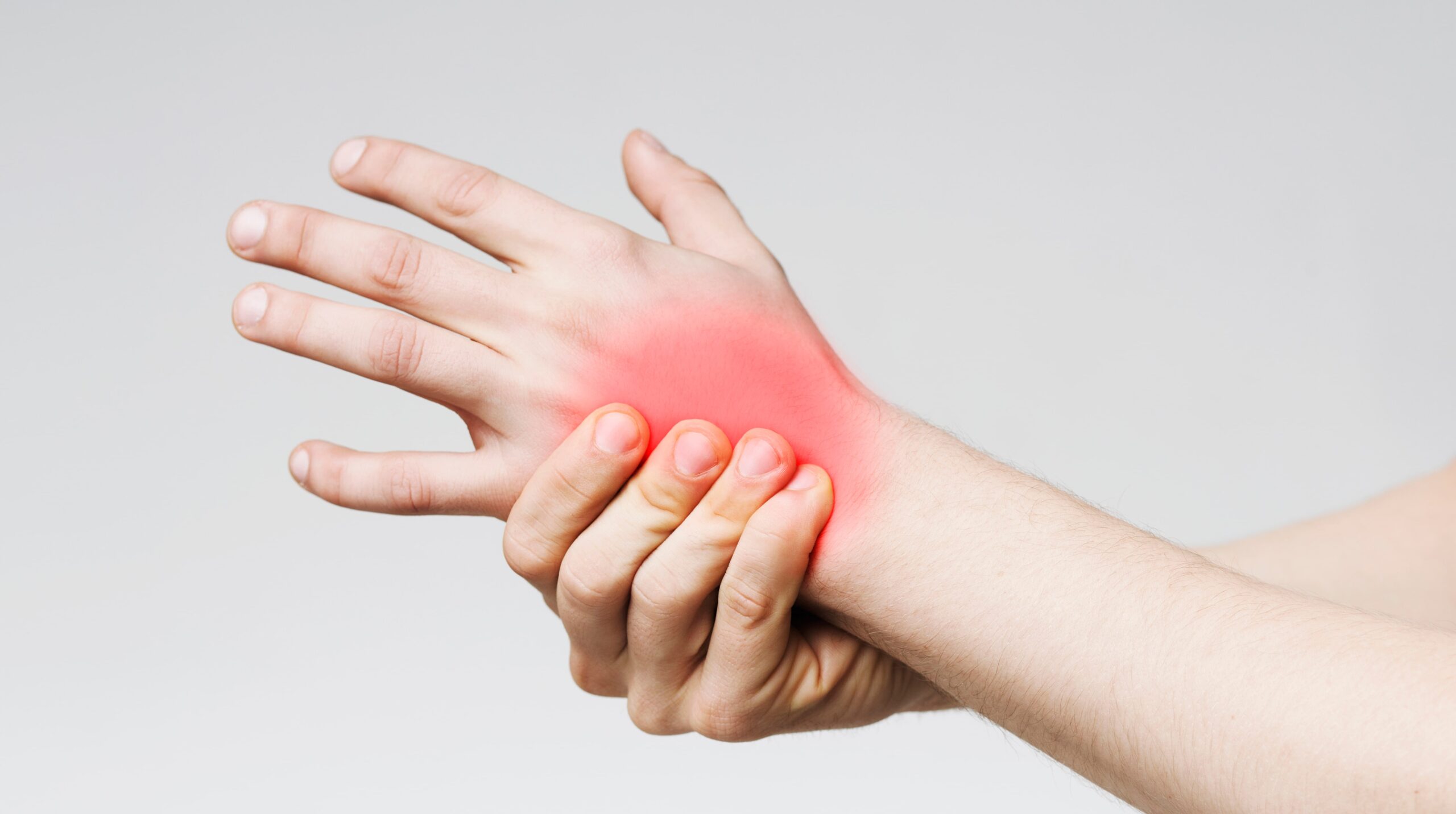Living with a dislocated wrist can be a challenging experience, affecting not only one’s daily activities but also their overall quality of life. In this comprehensive guide, we’ll delve into the various aspects of dislocated wrists, from understanding the causes to exploring effective treatment options and recovery strategies.
Read more about Chiropractic Care
Contents
Understanding Dislocated Wrists
Causes and Common Scenarios
Wrist dislocations can occur due to various reasons, such as sports injuries, accidents, or sudden falls. Exploring the common scenarios that lead to these dislocations helps individuals become more aware of potential risks in their daily lives.
Recognizing Symptoms Early On
Identifying the symptoms of a dislocated wrist in its early stages is crucial for prompt intervention. From pain and swelling to visible deformities, we’ll outline the signs that should prompt immediate attention.
Seeking Medical Attention
The Importance of Prompt Treatment
Delaying treatment for a dislocated wrist can lead to complications and prolonged discomfort. This section emphasizes the urgency of seeking medical attention and the potential consequences of neglecting timely care.
Initial Steps to Take When a Dislocation Occurs
In the heat of the moment, knowing the right steps to take can make a significant difference. We’ll provide a step-by-step guide on what individuals can do immediately after a wrist dislocation occurs, including proper immobilization techniques.

Medical Examination and Diagnosis
Evaluation by Healthcare Professionals
Trusted healthcare professionals play a vital role in accurately diagnosing and treating dislocated wrists. We’ll explore the various medical examinations and evaluations that individuals can expect during their visit to a healthcare provider.
Diagnostic Tests and Imaging
From X-rays to MRI scans, diagnostic tests help healthcare professionals assess the extent of the dislocation and plan appropriate treatment. This section sheds light on the different imaging techniques used for accurate diagnosis.
Treatment Options
Non-Surgical Approaches
Not all dislocated wrists require surgery. We’ll delve into non-surgical treatment options, such as manual reduction techniques, splinting, and physiotherapy, offering a comprehensive understanding of conservative approaches.
Surgical Interventions for Severe Cases
In cases where the dislocation is severe or accompanied by fractures, surgical interventions may be necessary. This section outlines the various surgical procedures available and what individuals can expect during the recovery process.
Recovery Process
Rehabilitation Exercises
Recovering from a dislocated wrist involves more than just physical rest. We’ll provide a detailed guide to rehabilitation exercises that help restore strength, flexibility, and functionality to the affected wrist.
Timeline for Recovery
Understanding the timeline for recovery is essential for setting realistic expectations. From the initial post-dislocation phase to achieving full functionality, we’ll outline the stages of recovery and milestones along the way.
Preventive Measures
Tips for Avoiding Wrist Dislocations
Prevention is often the best medicine. This section offers practical tips for avoiding wrist dislocations, whether in sports, daily activities, or workplace environments. Simple lifestyle changes and exercises can go a long way in preventing future incidents.
Strengthening Exercises and Lifestyle Changes
Building strength in the wrists can be a key factor in preventing future dislocations. We’ll provide a set of strengthening exercises and lifestyle changes that individuals can incorporate into their routines.
Living with a History of Dislocated Wrists
Long-Term Considerations
For those who have experienced a dislocated wrist, adapting to a “new normal” is part of the journey. This section addresses the long-term considerations individuals may face and offers guidance on adjusting to life with a history of wrist dislocations.
Adaptive Strategies for Daily Activities
Simple modifications to daily activities can make a significant difference. We’ll explore adaptive strategies and tools that can assist individuals in performing everyday tasks with greater ease and comfort.
Success Stories
Real-Life Experiences of Overcoming Wrist Dislocations
Hearing about others’ success stories can be inspiring and reassuring. We’ll share real-life experiences of individuals who have successfully overcome wrist dislocations, highlighting their journeys and lessons learned.
Encouragement for Those Currently Facing Challenges
Whether you’re in the early stages of treatment or navigating the challenges of recovery, this section provides words of encouragement and support for individuals currently facing the complexities of a dislocated wrist.
Tips for Caregivers and Support Systems
Supporting Individuals During Recovery
For caregivers and support systems, understanding how to provide effective assistance is crucial. This section offers practical tips on emotional support, physical assistance, and creating an environment conducive to recovery.
Emotional and Physical Assistance
Recovering from a dislocated wrist can be emotionally and physically demanding. We’ll discuss the importance of emotional support and how caregivers can provide the necessary assistance throughout the recovery process.
Conclusion
Navigating the challenges of a dislocated wrist requires a combination of prompt medical attention, effective treatment strategies, and a resilient mindset. By understanding the various aspects of this condition and implementing preventive measures, individuals can not only recover but also thrive in their daily lives.



